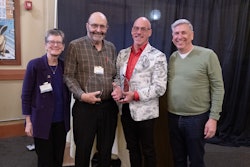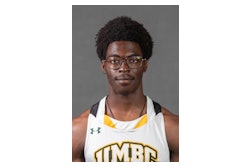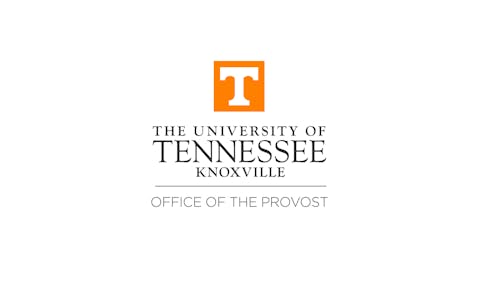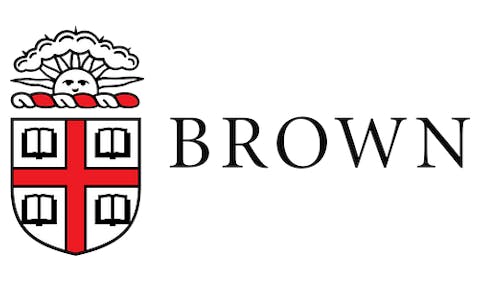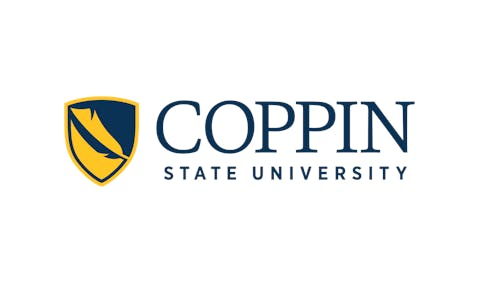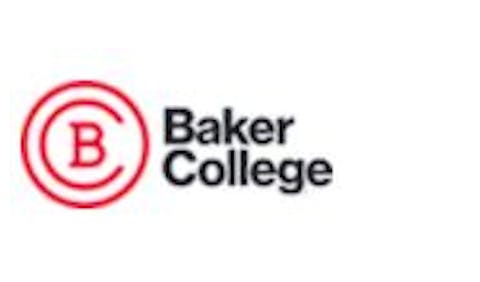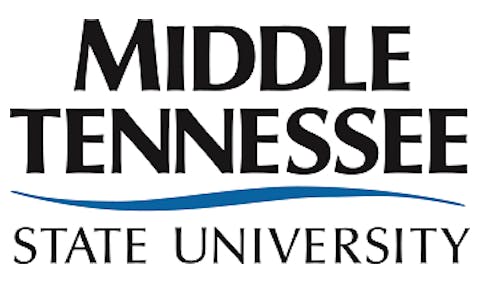Education Department Study Says Most Student Borrowers Pay Off Loans in Four Years
The National Center for Education Statistics recently released a report showing that most students have either paid off their loans or are close to doing so four years after graduation. However, the report, Debt Burden Four Years After College, also shows that low-income students have the most difficult time repaying their loans.
The study, which examined the debt loads of those who graduated with bachelor’s degrees in 1992-93, concluded that approximately one-half of those bachelor’s degree recipients borrowed to help pay for their undergraduate education, and about one-half of the 28 percent who went on to graduate school borrowed, either as new or continuing borrowers. By 1997, approximately four years after they graduated, 62 percent of the 1992-93 bachelor’s degree recipients were debt free. Some 46 percent had never borrowed at either level and 16 percent had borrowed but no longer owed.
Being married tended to reduce debt burden. In addition, the study concluded that overall borrowing does not appear to affect major lifestyle choices, purchasing habits or the propensity to save.
Among the degree recipients evaluated, undergraduate borrowing did appear to have a slight negative effect on graduate enrollment by 1994.
However, the effect had disappeared by 1997.
If repaying education loans caused serious financial stress, one might expect to see those with high debts less likely to save. According to the report, this was not the case. Among those who borrowed for their undergraduate education but did not enroll for further education, 70 percent were saving for some purpose in 1997, the same percentage as nonborrowers. Among those who enrolled for further education and were repaying their loans in 1997, a similar proportion — 66 percent — were saving. Among those who enrolled for further education and were not repaying their loans in 1997, 60 percent were saving. This was a smaller percentage than that for borrowers who had not continued their education or for nonborrowers — 70 percent each — however, some were still enrolled and therefore might not be expected to be saving.
© Copyright 2005 by DiverseEducation.com






